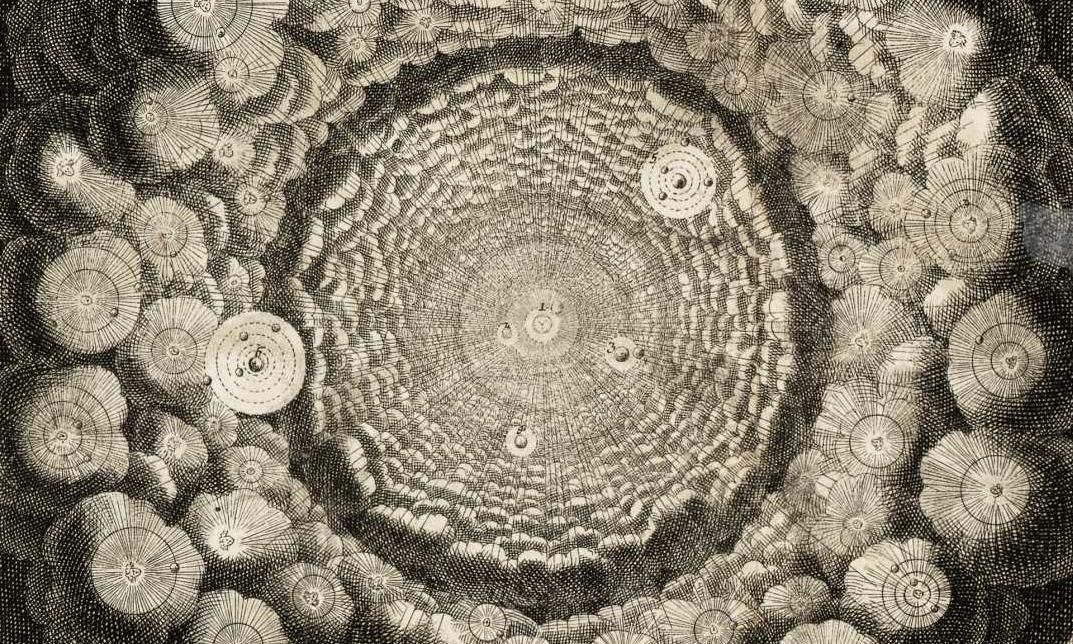Philip Pullman: Where Worlds Meet
In his trilogy, Philip Pullman leads his readers through several different worlds, criticizing institutionalized religion along the way. His work’s success has rippled beyond young adult fiction and across the entire genre.
An Oeuvre Acclaimed Above and Beyond Its Intended Audience
With its complex heroine, Lyra, Philip Pullman’s His Dark Materials trilogy – Northern Lights, The Subtle Knife and The Amber Spyglass (1995-2000) – stands out for both the quality of the writing and the originality it displays amidst a plethoric production of children’s and young adult literature. The trilogy actually preceded the success of Harry Potter (from 1997). After an attempted film adaptation (2007), it was eventually made into a television series (BBC One, 2019).
Prior to the trilogy, Pullman had written the Sally Lockhart adventure series, and he is extremely knowledgeable about the history of magical literature: in 2012, he released his own version of dozens of Grimm’s Fairy Tales. He has won countless prizes, both for his Dark Materials trilogy and for his entire body of work. He was notably the first “children’s-book” author to win the prestigious Whitbread (now Costa) Book of the Year Award in the overall category. His reputation is such that the long-anticipated 2017 publication of the first volume of the Book of Dust series, a new prequel trilogy providing Lyra’s back story, was saluted as a major event.
A Three-Volume Multiverse
The first volume, Northern Lights, is, in the author’s words, “set in a universe like ours,” (with geographical and cultural landmarks in common) “but different in many ways.” It is actually a uchronic variation that is entirely dominated by an ecclesiastical hierarchy. There are also some physical distortions, like the existence of animal civilisations (polar bears) and, most importantly, “dæmons:” each person’s inseparable totem animal, like a physical manifestation of their inner self. Intrepid Lyra is being raised as an orphan in a college at Oxford University. Her investigation into the mysterious disappearance of numerous children will lead her to the heart of a cosmic plot pitting Lord Asriel against Mrs. Coulter, who turn out to be Lyra’s father and mother. Intense, brilliant and cruel, they can be both frightening and loving, and their systematic ambiguity thwarts any typical parental attitude.
The possibility of communicating between the countless parallel worlds is developed in the second novel, The Subtle Knife, which introduces Will, a boy from an England in another world, and the trilogy’s second-most important character. Will and Lyra, constant companions, eventually become romantically engaged. He learns to master the subtle knife, which can cut windows into the fabric between worlds.
In the last volume, Lyra and Will’s journey to the Land of the Dead is decisive for the rebellion against the Authority and the final substitution of a “Republic of Heaven” in place of the absolute divine monarchy.
An Anti-Clerical Re-Writing of Myths
The trilogy portrays the passage from childhood to adulthood as a cosmic drama. It intertwines the theme of coming of age, which is central to young adult literature, with a vast undertaking of rewriting classic myths. Pullman uses figures from traditional folklore and fairy tales – his witches, for instance, are black-clad women on broomsticks, although the cliché is only referenced the better to undermine it. Then he engages those characters in a cultural dialogue with ancient myths – like Orpheus and other classical descents into Hell – and, most importantly and controversially, with Christian texts.
Through the epigraphs that open each chapter of the long final volume, offering a veritable overview of the history of English religious poetry (Blake and Milton are quoted most frequently), Pullman’s tale revisits the myth of the Fall from a resolutely materialist and anti-metaphysical point of view. The “old story” of temptation and rebellion gets completely reinterpreted. With Will and Lyra as the new Adam and Eve in the Eden of a preserved world, and the scientist Mary Malone in the now-admirable role of the serpent, instead of showing us the appearance of Evil, we are shown the discovery of Love.
Pullman’s trilogy glorifies the capacity for change and renewal, in direct opposition to the paralyzing effect of some legacies.


